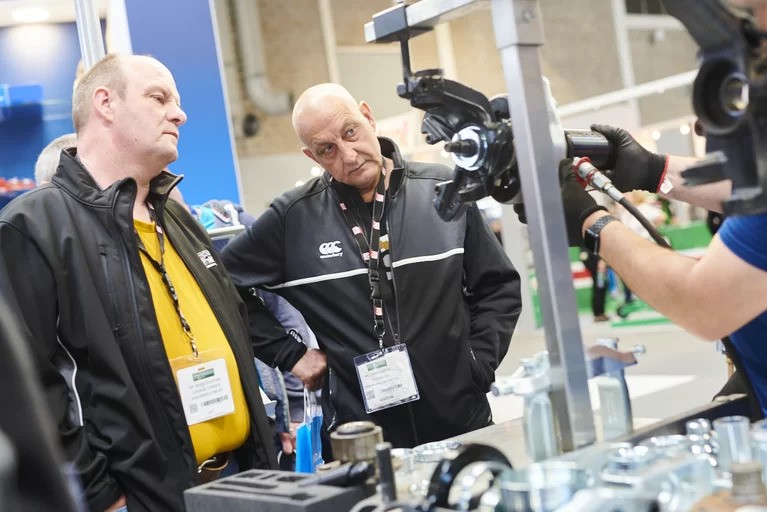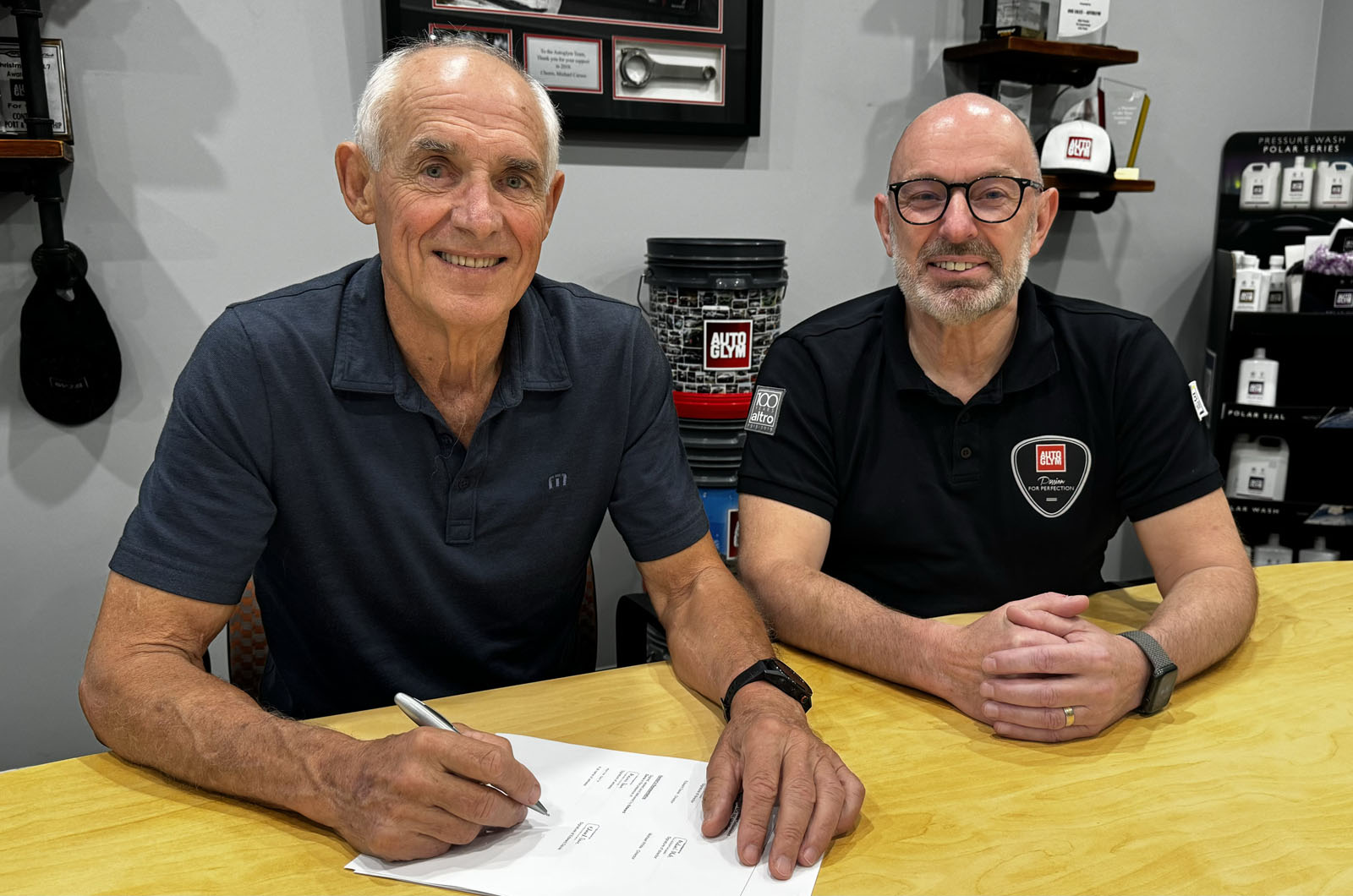Commercial leasing contracts are notoriously difficult to end. Steven Sidkin reads through the small print.
How often do companies read the contracts they sign? In one case, a few years ago, a company began leasing a tyre fitting machine and balancer on a five-year term. The advantage to it doing so lay in what appeared to be a reasonably lucrative return in the margin that could be made on tyres, which were also to be supplied.
Perhaps that greater-than-usual margin should have put the company on notice that something was not right. Surely the fact that there were two lease agreements and a separate agreement for the supply of tyres should have raised a figurative red flag?
They did not. The leasing costs were £25,000 over five years. The cost of the tyres soon resulted in the good margin evaporating. In many ways this is a commercial operation equivalent to the photocopier contracts that caused so much difficulty to a wide variety of businesses in the early 1990s.
Leaving aside such horror stories, the most important consideration for many businesses when signing a contract is the cost of equipment. Lease contracts are generally transactions that are essentially an alternative to buying the equipment outright. A leasing contract usually provides security for the lessor by maintaining its interest in the equipment; the lessor will retain ownership of the goods whilst the lessee carries the risk. There may also be the need for maintenance and so the leasing contract may cover this.
The prospective lessee should work out the total cost of the contract over its whole duration. He should check that the overall payment to be made over the contract is competitive. The lessee may find that the cost of the equipment over the contract period plus interest vastly exceeds its value to him.
Relating to risk
As the risk will be left with the lessee it is important to check the provisions relating to insurance. If the machine is damaged or destroyed, the lessor will usually want a grossed-up sum representing the monthly payments for the remaining period of the lease. But the lessee’s insurable interest in the goods is limited to the payments already made to the lessor. However, it is usually possible to overcome the problem by arranging insurance on the same basis as if the lessee were the purchaser of goods.
The lessee should also check that his insurance covers claims made by third parties that suffer loss or damage as a consequence of the machine’s use.
Insurance will become especially important if the leasing contract contains an indemnity provision in favour of the lessor requiring the lessee to bear the financial consequences of the physical loss of or damage to the goods. Additionally, it may make the lessee liable to indemnify the lessor against third party claims.
It is also important to consider the termination provisions in the contract. It is common for leasing contracts to require payment of a settlement by the customer if it terminates the contract before it expires. Typically, such a settlement sum will be the lease and service charges for the remainder of the contract period, less the trade in value of the equipment and a discount for accelerated payment of around five percent. By terminating the contract early, the lessee may be faced with an immediate demand for almost the total amount which would have been payable over the whole duration of the contract. This is in spite of the fact that the equipment has been forfeited and no service is provided by the leasing company after termination of the contract.
It may be possible to challenge such a settlement term on the grounds that it is a penalty. At law, where the parties to a contract agree that if it is broken by one party, the contract breaker shall pay to the other a specified sum of money, the clause may be classified by the courts either as a penalty, which is unenforceable, or as liquidated damages, which are enforceable.
Enforceability depends on whether the clause in question represents genuine attempt to estimate in advance the loss that the injured party would be likely to suffer in the event of a breach of the relevant obligation. If a settlement figure cannot be shown to be a genuine pre-estimate of loss, it will not be enforceable.
Useful life
Many leasing contracts are for fixed periods of several years, and exceed the useful life of the equipment leased out under them. A business with a six-year contract to use a balance machine could find itself with a machine that has come to the end of its useful life after four years but with a contract that has a further two years to run.
A lessee already tied into a leasing contract, should check the contract to see if there is an obligation on him to purchase tyres only from a particular manufacturer. If there is, this could be challenged under competition law.
The message is to read the contract before signing it. Don’t enter into supply contracts which are linked to leasing of machinery without first checking the nature of the lessor’s obligations to supply and the overall capital cost to you.










Go to comments